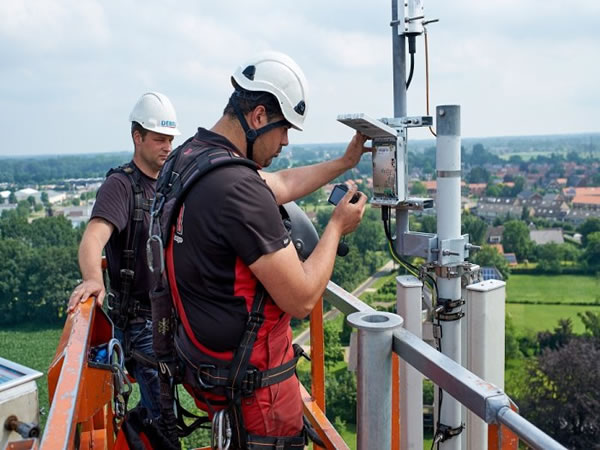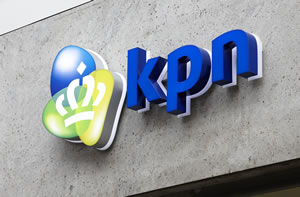The Netherlands is the first country in the world to have nationwide Internet of Things LPWA network coverage with LoRA technology (wireless, unlicensed spectrum).
This enables companies in the country to deploy Internet of Things applications in many areas. With the Lower-Power Wide-Area network approach businesses can create many Internet of Things applications which only need to send data intermittently with larger wireless coverage at a lower data rate and with low power (among others, good for the battery life of the connected devices) as is the case in many Internet of Things applications.

Already 1.5 million connected IoT devices
By choosing LoRa technology and LoRaWAN, the company that realized the network also offers cheaper access via the unlicensed spectrum, compared with cellular IoT (licensed band and still more expensive).

In Europe, LoRaWAN (and competitors such as Sigfox) use the 868 MHZ band.
The network was created by KPN which is a member of the LoRa Alliance.
It is expected that LoRa competitor Sigfox will soon offer nationwide LPWA network coverage in The Netherlands with partner Aerea.
The KPN LoRa network in The Netherlands started live early November 2015 and now telecommunications company KPN announces full coverage. According to the press release by KPN there are already 1.5 million connected devices to the LoRa network.
First proof of concept projects
The airport of Schiphol is testing the KPN LoRa network for logistical processes such as baggage handling.
Other proofs of concept include an experiment at the Utrecht Central Station, enabling the usage of the LoRa technology to monitor rail switches, and at the largest port of the country, in Rotterdam, a project has been set up whereby depth sounders are fitted with IoT-enabled devices to hook up with the KPN LoRa IoT network. With the choice for LoRa and LoRaWAN KPN is one of several telecom firms who see the low power wide area network technology as a supplement to their offering. In neighboring country Belgium, the same approach is followed by Proximus.
The question is whether both providers will maintain this view once new wireless cellular standards such as NB-IoT come off age.

